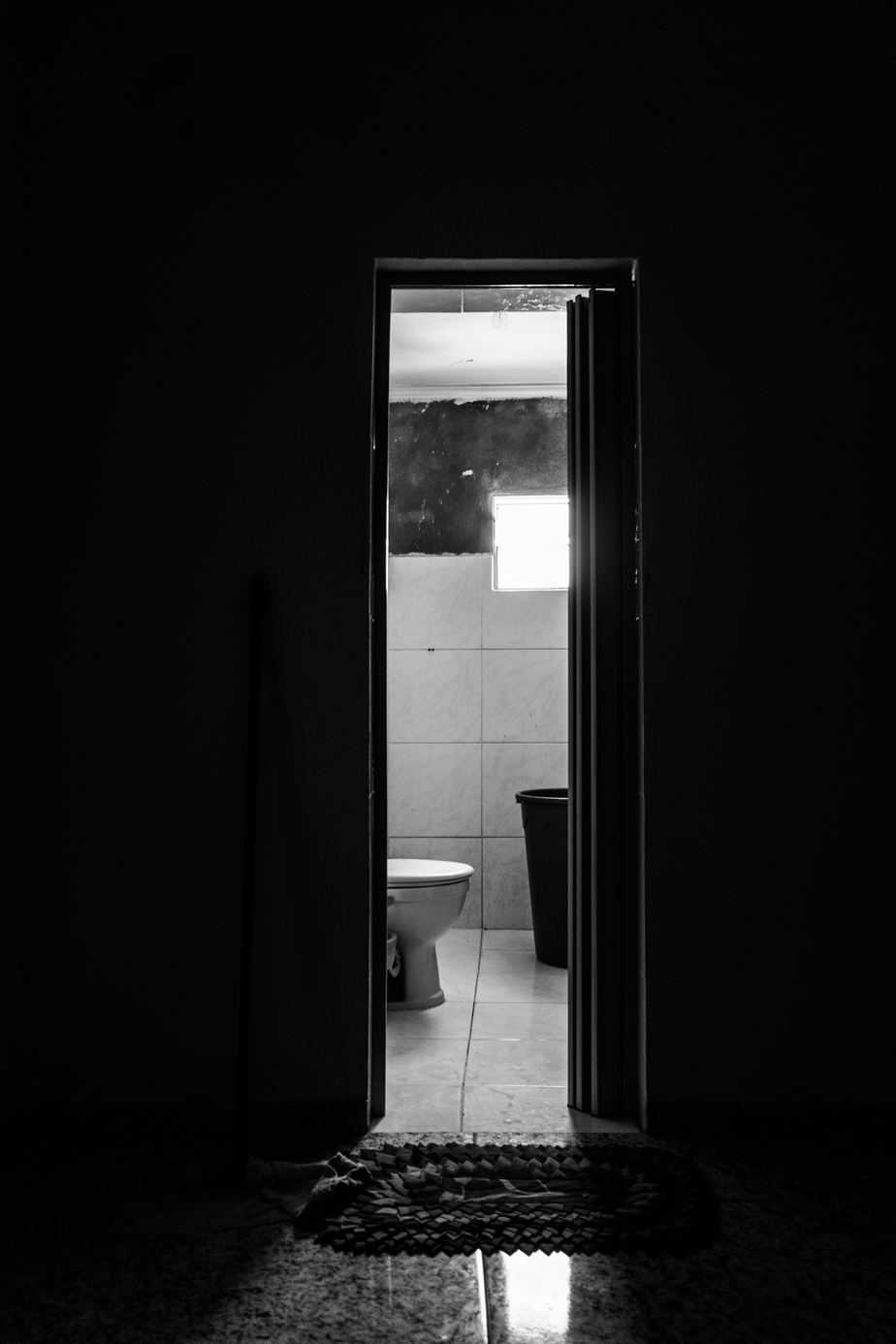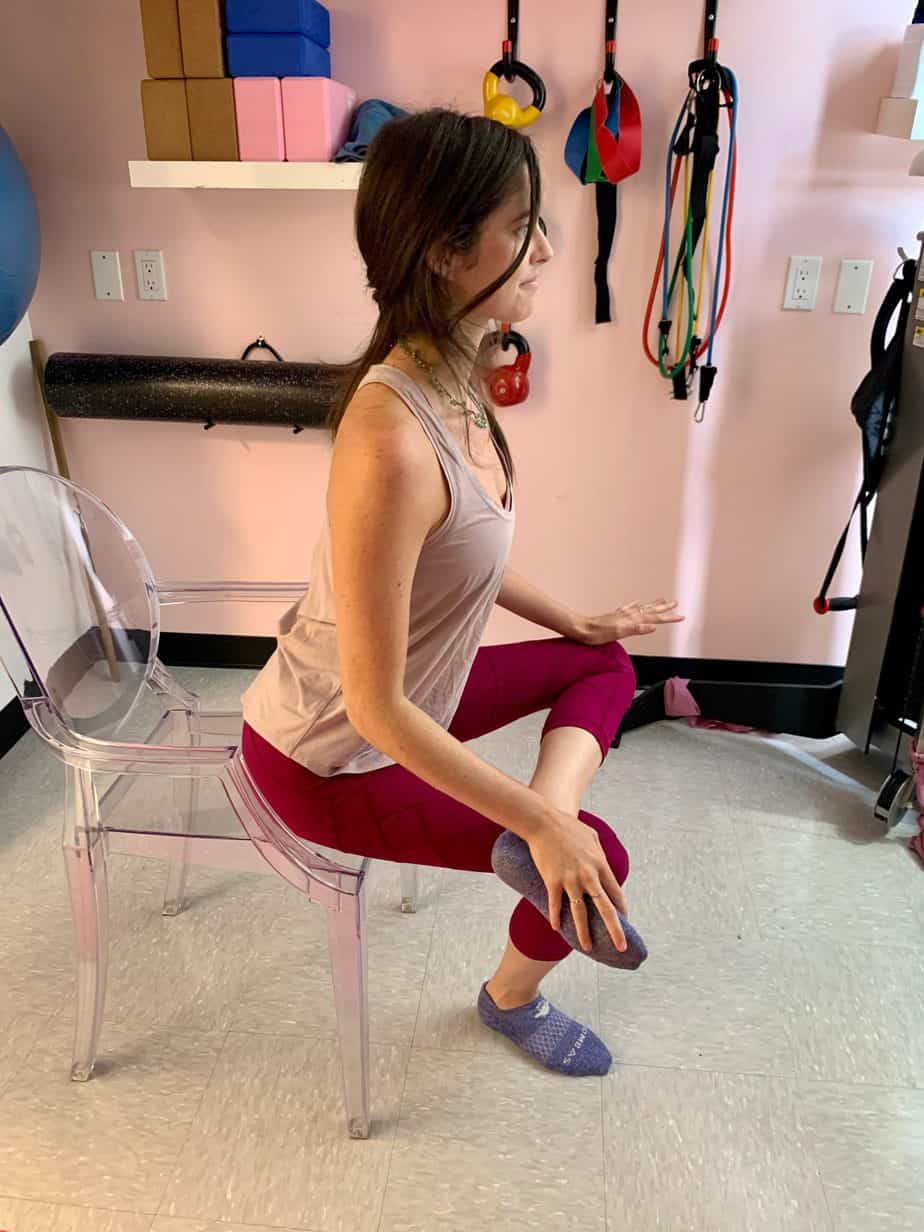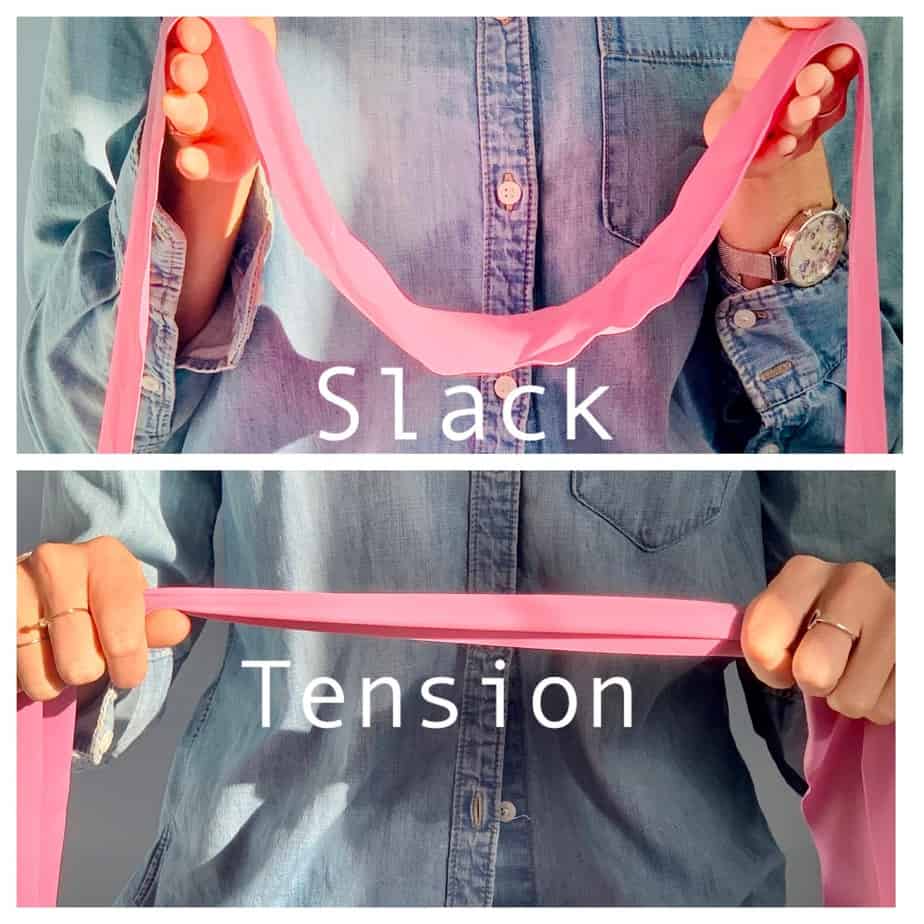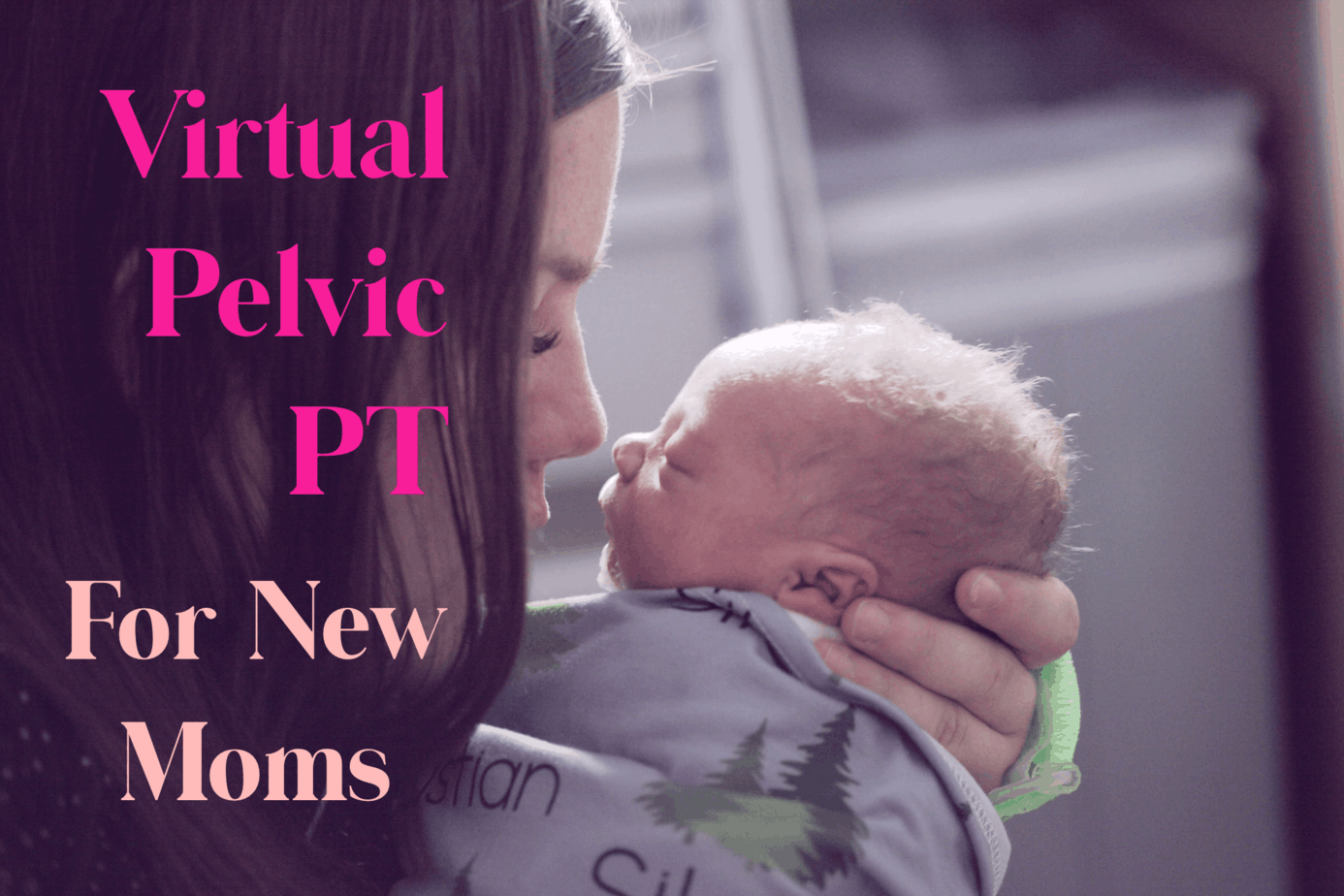PBS/IC Phenotyping

The condition collectively named Bladder Pain Syndrome / Interstitial Cystitis (PBS/IC) is defined by the Americal Urology Association (AUA) as: “An unpleasant sensation (pain, pressure, discomfort) perceived to be related to the urinary bladder, associated with lower urinary tract symptoms of more than six weeks duration, in the absence of infection or other identifiable causes”. (1)
Originally the term “IC” was used to indicate the presence of Hunner’s lesions in the bladder wall, which is acknowledged to be a distinct disease process. Hence the confusion in nomenclature. Clinicians around the world agree that there are two obvious types of IC:
- Hunner’s lesions in the bladder wall or “classic IC”: this accounts for 5 to 10% of patients
- Non ulcerative: this accounts for the rest of the patients, which do not have lesions in the bladder wall, but struggle with symptoms of pain and urinary dysfunction.
It’s not know whether the non ulcerative BPS/IC is a primary bladder disorder or whether the bladder symptoms are secondary to other causes. Recent progress in understanding the causes of BPS/IC has led to several efforts at classifying the different types observed clinically. In this blog we will discuss one of the most recent and inclusive classifications: the one proposed by Dr. Christopher Payne in 2015 (2). Dr. Payne has run the IC research program at the University of Stanford for the last 20 years.
#1: IC with Hunner’s Lesions
A small set of patients present with deep inflammatory lesions in the bladder wall. The traditional description of symptoms is pain with bladder dissension alleviated by voiding but returning soon afterwards. Pain is described as “sharp”, “burning” or “pressure” and it is normally experienced in the suprapubic region. Pain with bladder filling is characteristic, and it may help differentiate with other PBS without Hunner’s lesions, supporting that the bladder is the primary responsible for pain with this type of IC.
Hunner type IC is diagnosed with a cystoscopy with bladder distention during anesthesia. Detecting Hunner’s lesions requires training and experience, as they have a specific visual appearance and behavior with distention which is different from the more frequent submucosal cracks, bleeding or “glomerulations”, which are not considered to be specific finding for BPS/IC. Another parameter of importance is the anesthetic bladder capacity, as it is thought that classic IC is a destructive inflammation process that ultimately produces contracture of the bladder and reduced passive capacity.
Hunner’s lesions may require local lesion-directed therapy (laser, fulguration, steroid injections) and do not generally respond to oral medications and bladder instillations.
#2: Bladder wall phenotype
These are patients for whom bladder pain started with some form of bladder insult, such as a UTI, consumption of bladder irritants, or chemical exposure. Menopause-related hormonal deficiency can play a factor in the aggravation of this type of BPS. Symptoms normally worsen with bladder filling and are reduced with voiding. Treatment normally focuses on bladder behavioral training, diet modification, OTC supplements and oral medications. These patients may be also receptive to bladder instillations with lidocaine.
#3: Myofascial pain phenotype
These patients present with muscle tenderness and / or muscular trigger points for bladder pain that may be present in pelvic floor, abdominal, low back or hip muscles. There is frequently a correlation with a history of orthopedic, surgical or sport related pelvic trauma. These patients may have less sensitivity to dietary bladder irritants than the bladder phenotype, as well as less association of symptoms with bladder volume. There may present other symptoms associated to elevated tone of muscles such as incomplete or hesitancy of voiding, and dyspareunia. They will normally experience reduction in symptoms when the muscles are more relaxed and aggravation with activities that increase tone. The main line of treatment is pelvic floor physical therapy.
#4: Neuralgia phenotype
These patients will complain of neuropathic symptoms such as burning, numbness, itching, or electric pain, that are aggravated by sitting, with pain not necessarily linked to bladder function. They may present with signs of pudendal nerve compression. Treatment should start by identifying the cause of the nerve irritation. The first line of conservative treatment would be physical therapy to address any myofascial reasons for nerve compression. If conservative treatment fails, nerve blocks can be used both diagnostically and therapeutically to reduce symptoms.
#5: Central sensitization phenotype
These patients may present with other chronic pain disorders such as irritable bowel syndrome, vulvodynia, chronic fatigue syndrome, and fibromyalgia, as well as other signs of central sensitization syndrome (CSS). Sensitization is a process that leads to the hyper sensitivity of neurons in the spinal column after a period of persistent painful stimuli. This process eventually causes an increase in the range of stimuli that cause pain, so that patients will become very sensitive to things that are not necessarily painful, such as sensory, movement, dietary or chemical stimuli. Studies have found that patients with CSS may present with physiological abnormalities (blood pressure, heart rate, cortisol level, brain activity) when compared with normal subjects.
It’s important for physical therapists to determine whether the bladder symptoms are the cause or the consequence of other possible pain and behavioral changes. According to Dr Payne, “Their prognosis is inherently different and the invasive treatments that may be appropriate for pelvic pain phenotypes could actually make things worse. Clinicians should proceed much more cautiously. In fact, triggers for pelvic pain include many other urological as well as non-urological causes: Passage of kidney stones, changes in sexual functioning/sexual trauma, obsessive masturbation, pelvic surgery, cycling, running, anal fissure disease, hemorrhoidectomy, sports or other orthopedic trauma, etc.”
References
(1) Hanno PM et al. Diagnosis and Treatment Interstitial Cystitis/Bladder Pain Syndrome (2014). Interstitial Cystitis (IC/BPS) Guideline – American Urological Association. 2014.
(2) Payne C. A New Approach To Urologic Chronic Pelvic Pain Syndromes: Applying Oncologic Principles To ‘Benign’ Conditions. Current Bladder Dysfunct Rep. Topical Collection on Pelvic Pain. March 2015.







